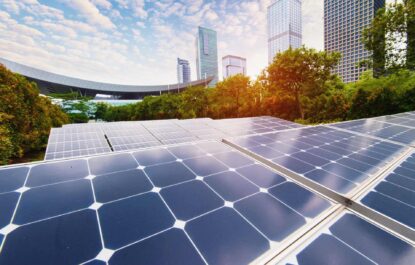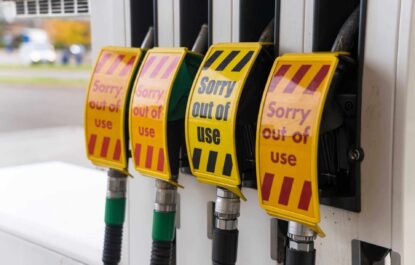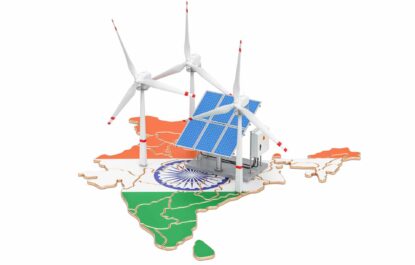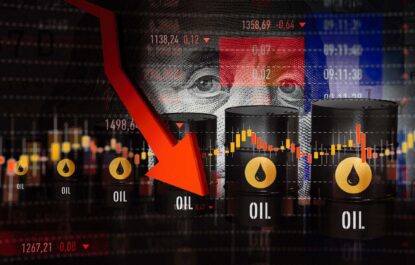Volatile crude oil prices and stagnating oil production are the primary culprits behind the rise. Moreover, the trade sanctions on Russia, one of the world’s largest exporters of oil, have further throttled supply, pushing the prices. High gas prices don’t just burden consumers and limit their spending but also affect the global economy.
The World Bank estimates that global growth will move at a snail’s pace of 2.9% this year, mainly due to inflated oil prices, pushing many countries into recession. Rising fuel prices and high inflation will force millions of households into poverty, undoing several years’ worth of affirmative action.
Unfortunately, global economic growth is intricately linked to energy. And the current situation has forced us to find better energy solutions to free us from the vagaries of oil and gas markets. Among the many options to mitigate the recent turmoil is energy decentralization.
What is decentralized energy?
Decentralized energy broadly refers to all energy produced off the main grid, including microgrids, renewables, geothermal, biomass, and combined heat and power. The term also describes energy production closer to where it will be consumed. Decentralized energy systems can typically power a household, a building, a community, or a town.
What are the benefits of energy decentralization?
Decentralized energy management hinging on peer-to-peer trading aims to bridge the physical gap between electricity producers and consumers through microgrids. Empowered prosumers – consumers who produce their energy – can pool together to build virtual power plants wherein they can trade their surplus. This system has many advantages, some of which are:
-
- Rural and remote electrification
Centralized power plants are usually located far from residential areas, and this physical distance becomes even more pronounced in remote rural areas. Add to this the complexities of rural topographies, and one can understand the reluctance of distribution companies to invest in rural electrification. On the other hand, a decentralized power supply incorporating off-grid solutions, such as microgrids and solar home systems, can aid in cost-effective power distribution.
-
- Lower energy prices
In a centralized setup, consumers cannot circumvent the monopoly of supply companies, leaving them vulnerable to unreasonable price hikes. Since the power gets transmitted over thousands of kilometers, transmission losses are high, which is passed onto the end consumers.
Decentralization overcomes these challenges. Multiple energy suppliers, DER owners, and microgrid operators empower the end consumer with the power of choice. It builds healthy competition between suppliers, forcing them to improve their services and keep rates in check. Moreover, prosumers can meet their needs using renewable sources, ending their reliance on external suppliers. Plus, they can trade the excess at the rate of their choice.
-
- Reliable, resilient energy supply
When disrupted, a centralized power supply can wreak havoc on local economies and households. Disruptions due to natural calamities or technical issues can send entire districts into darkness for hours. Decentralization makes the energy supply more resilient to disruption. Local microgrids and DERs can continue to supply power even when the central grid fails.
What is decentralized or P2P energy trading?
The decentralization of energy augments energy production, distribution, and sale. Along with lower energy prices, resilient supply, and renewable energy sources, it enables peer-to-peer energy trading between individuals, communities, companies, neighborhoods, and states.
Prosumers can sell excess energy to energy-deficient entities using a blockchain-based platform to catalyze transparent, real-time trading of energy. This promotes the incentivization of energy, encouraging consumers to produce electricity using renewable sources such as solar and wind power.
In a world where energy demands are fast increasing, we need to reassess our dependence on oil and gas. Centralized energy supply systems need to be unbundled to democratize energy, making it more affordable and accessible worldwide.













